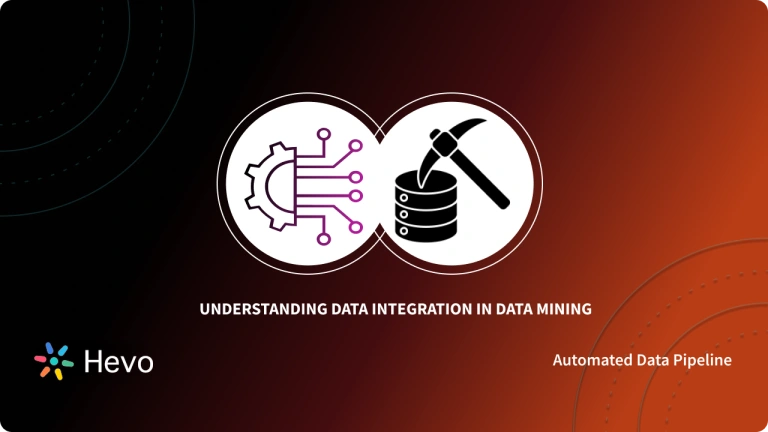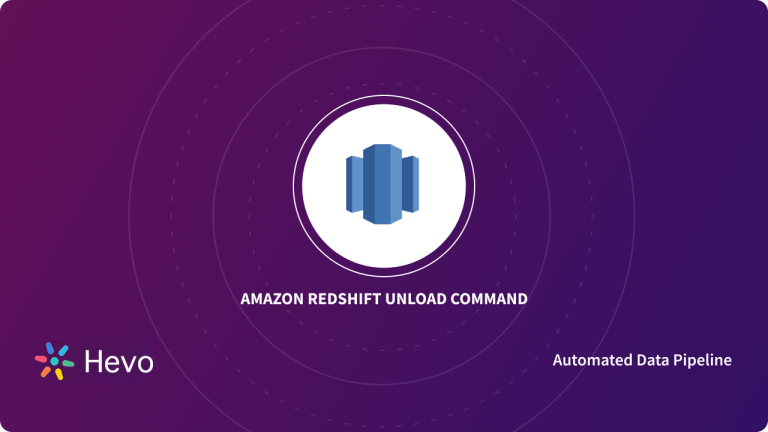NLP in Data Mining helps businesses to extract unknown insights from data. These insights support the decision-making processes of businesses, helping them to make data-based decisions. This is key for the growth of any organization.
When most people hear the term “Data Mining”, they think of numerical data. The reason is that in most cases, data mining involves extracting insights from numerical data. However, this doesn’t mean data mining is not applicable to text and voice data. The fact is that text and voice data are rich in information that can be useful for decision-making. For example, social media comments about your brand can help you know the thoughts of your customers and prospects towards your brand.
NLP (Natural Language Processing) helps data engineers to extracts insights from natural languages such as English. In this article, you will learn how to use NLP in data mining.
Table of Contents
What is NLP?
Natural Language Processing (NLP) is a branch of artificial intelligence in which computers analyze human languages to understand and derive meaning in a smart and useful way. By the use of NLP, developers are able to structure and organize knowledge to perform tasks such as translation, summarization, relationship extraction, named entity recognition, speech recognition, sentiment analysis, and topic segmentation.
It works by recognizing the hierarchical structure of languages, where several works make up a phrase, several phrases make up a sentence, and several sentences create ideas. By analyzing the meaning of a language, NLP systems have been used to perform important tasks such as correcting grammar, automatic translation between languages, and converting speech to text.
Engineering teams must invest a lot of time and money to build and maintain an in-house Data Pipeline. Hevo Data ETL, on the other hand, meets all of your needs without needing or asking you to manage your own Data Pipeline. That’s correct. We’ll take care of your Data Pipelines so you can concentrate on your core business operations and achieve business excellence.
Here’s what Hevo Data offers to you:
- Live Support: The Hevo team is available round the clock to extend exceptional support to its customers through chat, email, and support calls.
- Diverse Connectors: Hevo’s fault-tolerant Data Pipeline offers you a secure option to unify data from 150+ Data Sources (including 60+ free sources) and store it in any other Data Warehouse of your choice. This way, you can focus more on your key business activities and let Hevo take full charge of the Data Transfer process.
- Schema Management: Hevo takes away the tedious task of schema management & automatically detects the schema of incoming data and maps it to the schema of your Data Warehouse or Database.
- Incremental Data Load: Hevo allows the transfer of data that has been modified in real-time. This ensures efficient utilization of bandwidth on both ends.
Importance of NLP in Data Mining
Communication is very important in any organization and NLP data mining can improve the way you run business operations and customer experiences.
NLP helps computers to analyze and derive meaning from human spoken languages. Consider a situation where your business computer software speaks a foreign language you don’t understand or you are not fluent in. NLP can be your translator. It can receive human input from you, reorganize it, and explain what you say in a way the software can parse.
Consider the example of Google Translate. It is a multilingual machine translation service offered by Google for free, and it is powered by NLP. You might also have tried Google Assistant or Amazon Alexa which offer speech recognition services, and these two are powered by NLP.
This shows that NLP in data mining has changed the way humans interact with data and it will continue to do so in the future, not forgetting the huge volumes of text and voice data being generated by businesses every day.
NLP in Data Mining Techniques
NLP has revolutionized data analytics by enabling the deciphering of data and text using machines. The following are the NLP techniques used to extract information from data:
- Sentiment Analysis
- Named Entity Recognition
- Text Summary
- Topic Modeling
- Text Classification
- Keyword Extraction
- Lemmatization and Stemming
Sentiment Analysis
This NLP in data mining technique involves dissecting data (video, text, etc.) to determine whether it’s negative, neutral, or positive. Data miners use it to transform huge volumes of customer reviews, feedback, and social media reactions into actionable and quantified results. The results can then be analyzed for insights, helping businesses understand their products and customers better.
Named Entity Recognition
This NLP in data mining technique tags named entities contained in the text and extracts them for analysis. It is almost similar to sentiment analysis. However, it only tags the names, whether they are names of persons, organizations, locations, proper nouns, etc.
The number of times an entity appears in customer feedback can be an indication of a need to fix something. When working with reviews and searches, it can signal customers’ preference for certain products.
Text Summary
This NLP in data mining technique involves breaking down the jargon, whether medical, scientific, technical or any other, into the most basic terms to make it more understandable.
Although this seems complex, after the application of noun-verb linking algorithms, it becomes easy to process complicated language and generate the right output.
Topic Modeling
This is an unsupervised NLP in data mining technique that uses artificial intelligence programs to group and tag text clusters sharing common topics. It is good for identifying similarities and differences between text data.
Text Classification
This NLP in data mining technique involves organizing huge volumes of unstructured data obtained or received from customers. It takes your dataset in textual form and structures it for analysis. It is normally used to extract useful information from customer reviews and customer service logs.
Keyword Extraction
This NLP in data mining technique involves the use of AI and machine learning algorithms to extract the most useful segments of text.
Lemmatization and Stemming
These two NLP in data mining techniques involve breaking down, restructuring, and tagging text data depending on root stem or definition. For example, the stem word for “running” is “run”.
Real-Life Examples of NLP in Data Mining
Below are some of the real-life examples that show how businesses are using NLP in data mining for better results:
- Uber launched the Facebook Messenger bot in 2015. They wanted to reach more customers and collect data. After analyzing the data collected through the app, they were able to improve the customer experiences. The bot has also helped them to generate more revenue through advertisements.
- Mastercard launched its own Facebook Messenger Chatbot in 2016. The chatbot was meant to provide customer support services by analyzing their data. It saved them from developing another app for customer support and helped them improve the customer experience.
- Most eCommerce businesses use Klevu, which is a search provider powered by NLP to improve customer experience. The search provider gains insights as the user interacts with the store. It performs tasks such as search autocomplete, adding relevant contextual synonyms, and more. It extracts insights from text data and uses them to provide personalized search recommendations.
Conclusion
In this article you’ve learnt that NLP is a field of artificial intelligence in which computers analyze human spoken languages to extract meaningful insights. With NLP in data mining, computers can analyze text and voice data to derive meaningful insights.
Some of the common NLP in data mining techniques include Sentiment Analysis, Named Entity Recognition, Text Summary, Topic Modeling, Keyword Extraction, and others.
Businesses have used NLP in data mining techniques to improve the way they run their operations and customer experiences. For example, the Uber Facebook Messenger bot launched in 2015, Klevu smart search provider, Google translate, and others.
Sign up for a 14-day free trial and simplify your data integration process. Check out the pricing details to understand which plan fulfills all your business needs.
Frequently Asked Questions
1. What Is NLP in Data Mining?
NLP (Natural Language Processing) in data mining refers to the application of computational techniques to analyze and interpret human language data.
2. Is text mining NLP?
Yes, text mining is a subset of NLP.
3. How is NLP used in information extraction?
NLP plays a crucial role in information extraction, which involves identifying and extracting specific pieces of information from unstructured text.














